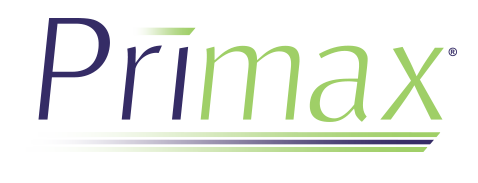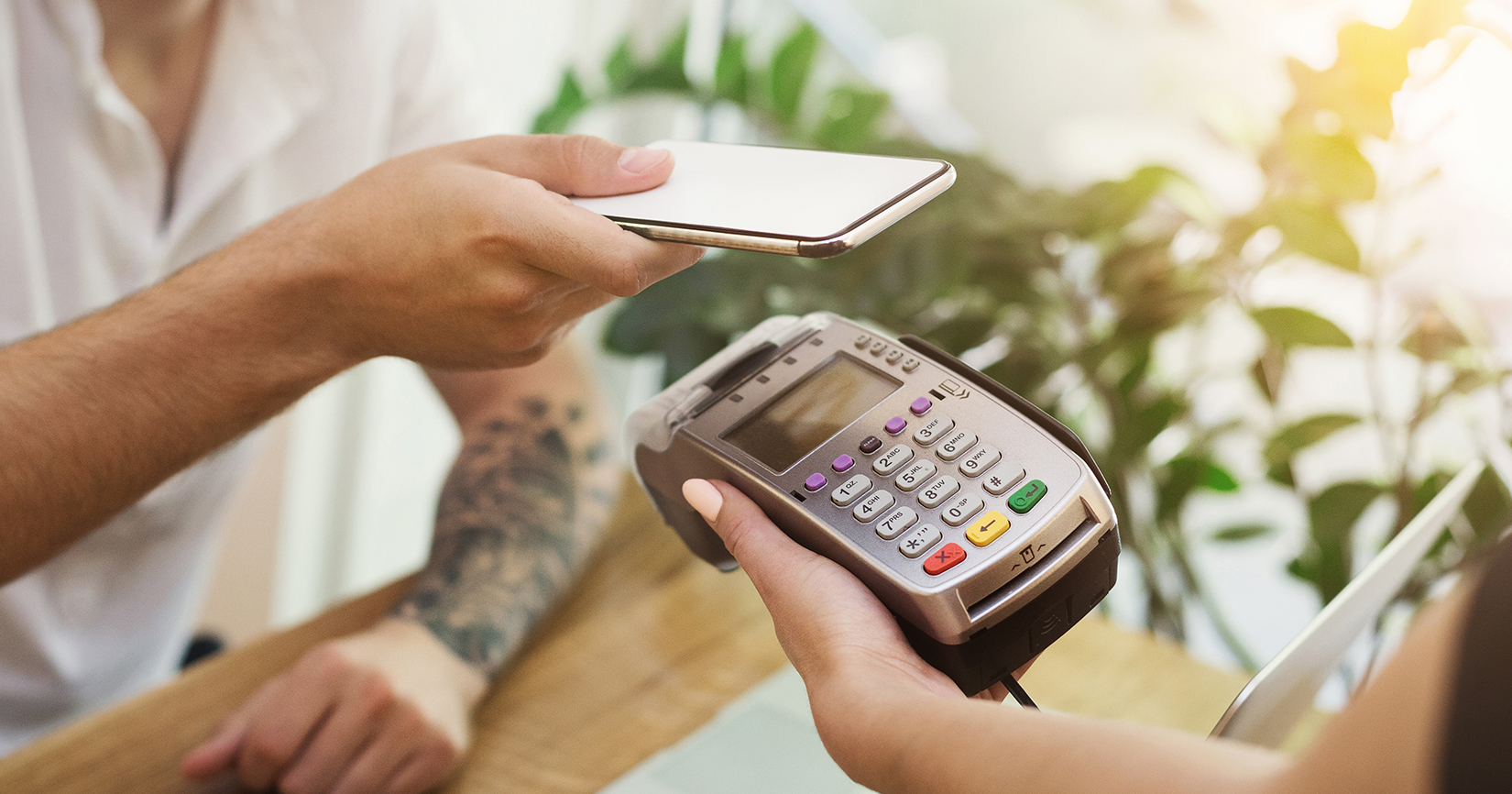Over the last year, rising inflation rates and threats of a looming recession have pushed many consumers’ economic concerns to the forefront. With various factors in play, including the Fed’s hike in interest rates and geopolitical instability, consumers are cautious about their finances. In the third annual Primax Payments Pulse study, we take a closer look at established and emerging payment trends, what factors drive consumer preferences regarding payment methods and personal finance, and how financial institutions can optimize their offerings to better serve the evolving needs of their customers.
Digital payment solutions, like mobile wallets and person-to-person (P2P) payment accounts, are becoming mainstream as consumers gravitate toward these payment methods more frequently.
Tap-to-Pay is Here to Stay
Bank customers are increasingly comfortable using mobile wallet technology, with 56% saying they use it at least a few times a year, a 51% increase from 2021. Younger generations use mobile wallet technology more frequently than their older counterparts. Of customers ages 42 and younger, 28% say they use their mobile wallets at least a few times per week. In fact, one in ten Younger Millennials report that mobile wallets are their preferred payment method. For Gen Z, mobile wallets rank as the third most preferred way to pay (13%), surpassing cash (12%) for the first time.
Mobile wallet usage continues to increase among bank customers, with half reporting they are likely to use a mobile wallet within the next six months. Of the customers who do not use a mobile wallet, 41% say it is because they do not know what it is or how to use it, 27% feel it is not secure and 20% say it is inconvenient. Conversely, customers who do utilize a mobile wallet do so because it is convenient (56%), easy to use (57%) and fast (48%). Of bank customers who received a digital card while waiting for their physical card to arrive, more than eight in 10 used it before the physical one arrived.
Other digital solutions like contactless cards also have a firm grasp on consumers. More than three-quarters of bank customers have a contactless card, and 91% use it at least a few times per year. Customers report using contactless cards for convenience (55%), ease of use (61%) and speed (58%). Contactless payment options have even surpassed EMV chip cards in popularity – 54% of customers would rather tap a card than insert a chip.
Convenience, ease of use and speed are major drivers in payment preferences, but despite this, 40% of bank customers are unaware of what a mobile wallet is or how to use it. Digital tools are essential for banks to offer to ensure they meet or surpass customer expectations. This presents an opportunity for banks to educate their customer about the benefits of such solutions. Over half of customers (51%) express interest in educational resources offered by their financial institution. Educating customers about the security and efficiency of mobile wallets, wearables and contactless cards through various channels can further encourage their adoption and usage.
Innovative Payment Methods Continue to Pique Interest
Banking innovations and emerging payment offerings are gaining traction among bank customers more so than credit union members, with 35% of bank customers reporting they use P2P payment accounts like Venmo and Zelle on a regular basis (compared to 29% of credit union members). The number of bank customers who don’t use a P2P payment account has decreased by over 35% since 2021. Additionally, nearly a quarter of bank customers have used a P2P payment account to purchase something in a store in the past 60 days.
New innovators in the financial services industry are gaining popularity, as well. Apple’s new credit card and savings account are already well known among bank customers – half of survey respondents report being familiar with these new products. Of those customers, 46% already have or plan to open an account with Apple in the next six months.
Younger consumers are quick to adopt new innovative payment methods. Of consumers ages 42 and younger, 61% of Younger Millennials report they have used text message, QR code or social media app payment methods to make a purchase, followed by Older Millennials (58%) and Gen Z (54%). Of those payment methods, this age range used social media app (31%) most, followed by text message (25%) and QR code (25%).
Our industry thrives on innovation, with new and emergent technologies attracting customers to non-traditional financial institutions. In order to stay at the forefront, banks must invest in innovation to meet customer expectations, retain current customers, and attract younger ones. This includes not only technological advancements but also marketing efforts. Banks can employ integrated marketing across various channels, as Apple does with its newer (yet well-known) offerings. Banks should look to showcase the quality, safety and security of their offerings compared to non-traditional alternatives.
In an ever-evolving payments landscape, understanding and adapting to these shifting preferences are not just opportunities for growth, but essential steps for banks to remain competitive and meet the diverse needs of their customers. Download the full 2023 Primax Payments Pulse study for more actionable insights on consumer payment preferences – including the differences between social, economic and generational groups.
Kimberly Ploof has more than 30 years of leadership in the payments industry. As Managing Vice President, Kim leads teams that foster in-depth, strategic and productive relationships with Primax clients.
Prior to working with Primax, Kim was the Chief Operating Officer of Covera in Albany, NY. At Covera, Kim was instrumental in building the business model and rebranding the organization to be a widely known payment processing solutions provider. Within the payments industry, Kim has served on the Member Access Network Operations Committee, CSCU Advisory Committee, CO-OP Operations Advisory Committee and CUNA Payments Policy Sub-Committee.

